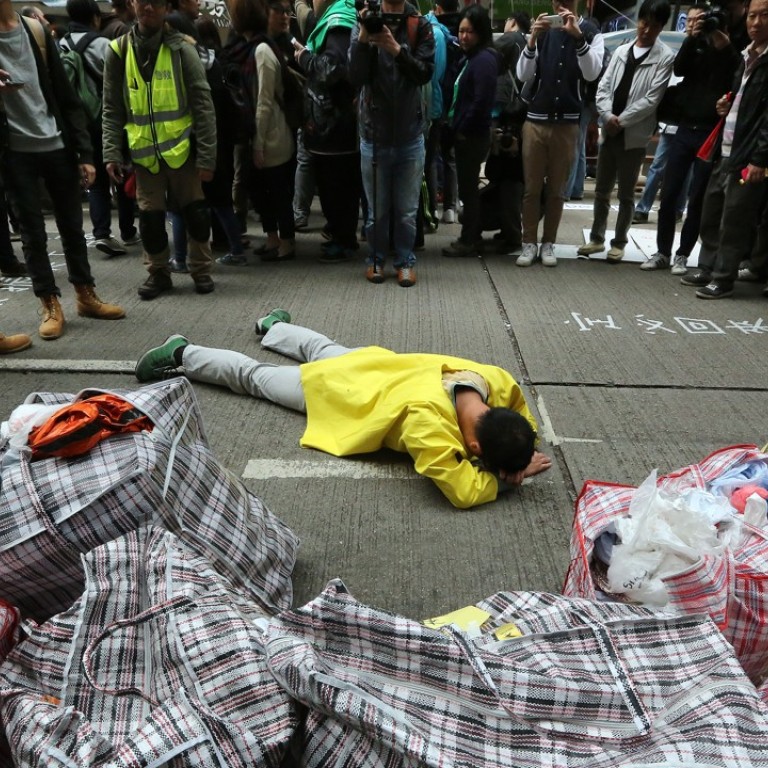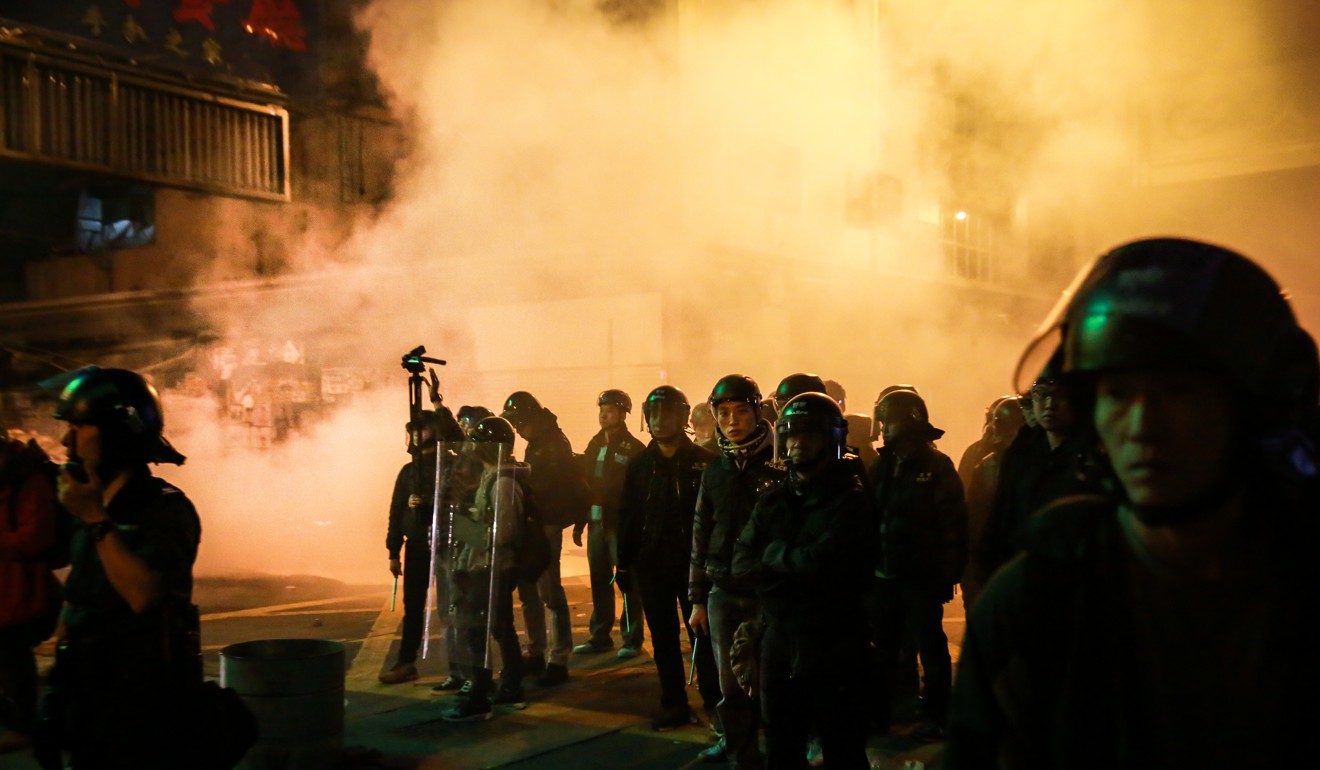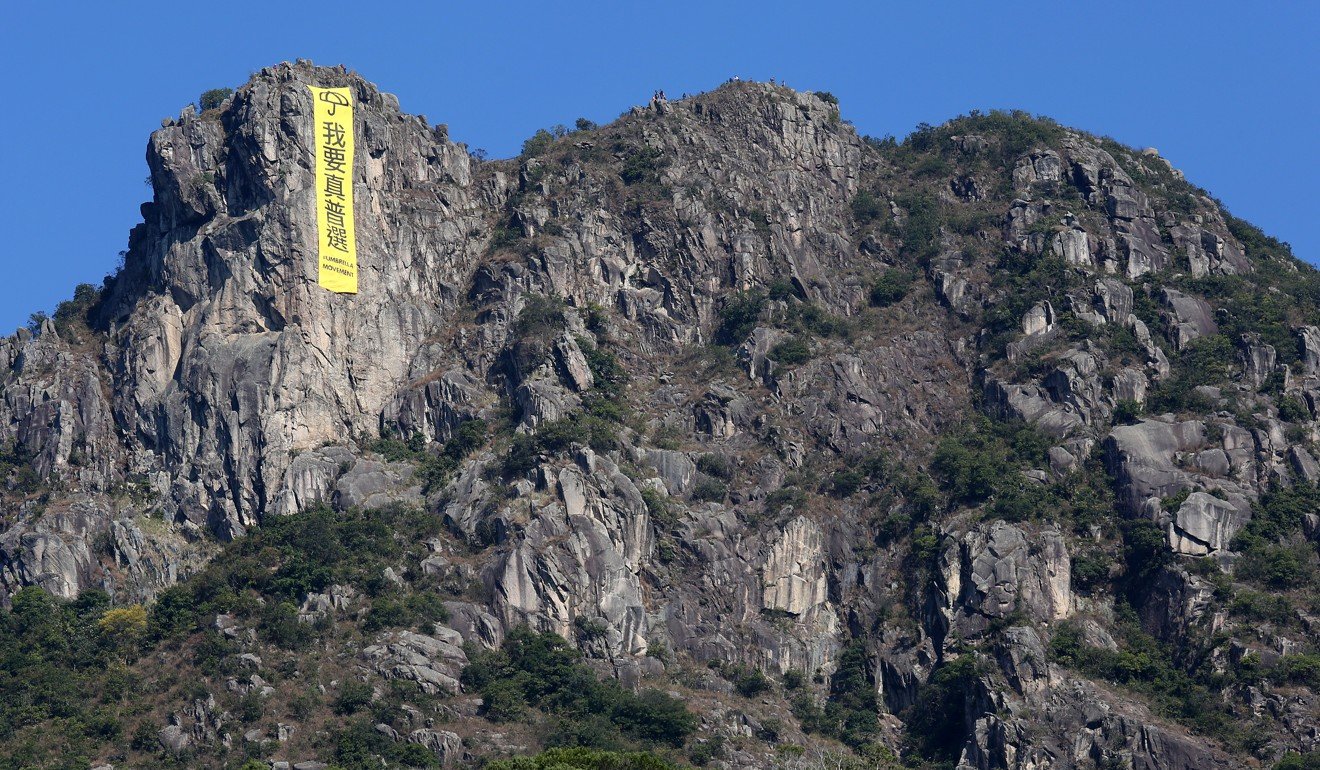
Review | Book review - City of Protest: A Recent History of Dissent in Hong Kong is timely handover anniversary read
Antony Dapiran offers a clear-headed perspective on Hong Kong’s political unrest in this well-timed history of the city’s protest culture
by Antony Dapiran
Penguin Books
4/5 stars
Antony Dapiran’s City of Protest will be published on July 1, a day protesters and authorities will take to the streets of Hong Kong with opposing aims.

The 20th anniversary of Hong Kong’s handover from British to Chinese rule will be marked by President Xi Jinping’s first visit to the city as Chinese president, complete with “terrorist-alert-level” security and bans on the kinds of political banners that have flown freely until now.
Still, protests will be held, including one by a separatist group called the Hong Kong National Party, who plan to rally at the Tsim Sha Tsui clock tower on the night of June 30. The next day, Carrie Lam Cheng Yuet-ngor – the fourth Hong Kong chief executive to be appointed by Beijing – will take office on one of the most symbolically important days since 1997.
City of Protest is a slim and tidily written summary of unrest in Hong Kong over the decades. It is one of the few even-handed explanations of why Hongkongers criticise their government time and again, and what deep emotions drive this behaviour.
Borrowed Spaces celebrates Hong Kong’s essence: its street life - unplanned and undying despite officials’ best efforts to crush it
The book is part of Penguin’s excellent series of brief paperbacks, which are supposed to be finished in one sitting. While the 100-page City of Protest is not quite lunch hour reading, it is a quick and coherent study that is worth an afternoon. In fact, it should be required reading for those on both sides of the political spectrum.
Angry youth with no memory of colonial days should read City of Protest for its history, while members of Hong Kong’s out-of-touch establishment should read it to understand why they are so disparaged by the public.

Dapiran is not an author or politician by trade, but a corporate finance lawyer who studied at Peking University and is fluent in Putonghua. Perhaps because of this background, Dapiran achieves a clear-headedness lacking in much Hong Kong political debate.
How Hong Kong’s hostile architecture hurts city’s homeless and poor
In one of the book’s many insights, Dapiran points out that the worst violence in decades was not 2014’s mass Occupy Central demonstrations, but the lesser-known “Fishball Riots” in Mong Kok. In 2016, the authorities chose the most traditional holiday, Lunar New Year, to crack down on poor street hawkers selling a quintessentially local food in a blue-collar neighbourhood. It set off 10 hours of violence from both sides. Protesters started fires and threw bricks, while the police used tear gas and fired warnings shots.
His depiction of the violence prompts the book’s broader question: what causes an educated, pragmatic and generally peaceful people to rise up over and over (whether under British or Chinese rule)? Mass protests took place as far back as the 1960s, triggered by everything from a Star Ferry ticket price increase to poor working conditions at Li Ka-shing’s flower factory.

Dapiran’s answer is, partly, that protests are popular in Hong Kong because they generally work to some degree. Hongkongers are as efficient and effective at demonstration as they are at banking.
Over generations, mass protests have improved labour laws, increased awareness of the June 4, 1989 Tiananmen Square crackdown, and halted moves to introduce “patriotic” education in Hong Kong schools and pass legislation under Article 23 of the Basic Law, Hong Kong’s mini-constitution, to outlaw secession, sedition, treason, subversion and activities by or links to foreign political organisations.
Photographer Fan Ho’s never-before-seen Hong Kong images on show in exhibition and new book
Occupy – the largest, grandest and most highly organised protest of all – was the disappointing exception. The book’s best writing is about this period, because it captures the incredible shift that happened in Hong Kong society. Occupy was a physical redrawing, a literal reoccupation of the dense urban landscape. It was a deep cultural movement, which is why its supporters were so heartbroken when it ended.
The book’s last chapter, “Towards 2047,” is the most important. Dapiran does not claim to predict the future. But he makes the good point that Hong Kong’s strange set-up – a city with all the trappings of a free society, but not an actual democratic vote – will always be at conflict with itself. There’s no other city with a public accustomed to the freedoms of speech, demonstration and movement but whose decisions are made by a distant communist power.
So long as that system remains, along with the large gap between rich and poor, Hongkongers will continue to protest.
